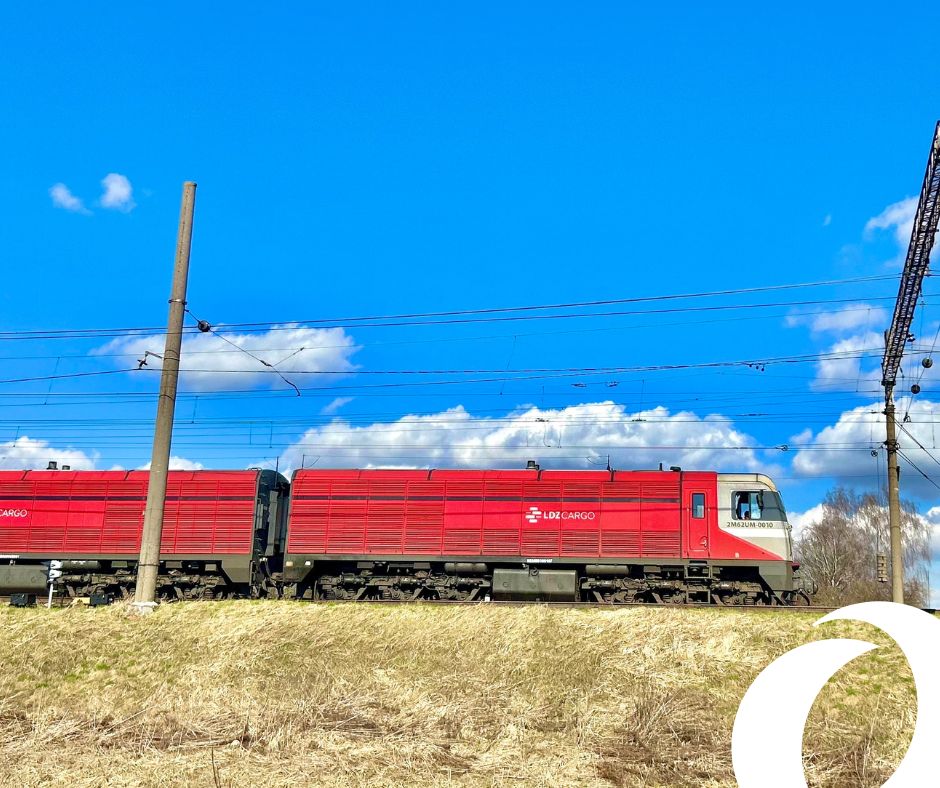
Rail freight transport plays a significant role in the global logistics system, offering efficient and eco-friendly solutions for moving goods over long distances. As part of the European Green Deal, rail freight is recognized as a key player in reducing greenhouse gas emissions. The current goal is for 30% of freight in Europe to be transported by rail by 2030, which would significantly reduce road freight volumes. According to data from the European Environment Agency, rail transport has the lowest emissions per kilometer and per transported unit, especially compared to aviation and road transport. For instance, freight trains emit only 24 grams of greenhouse gases per transported ton per kilometer, making it a far cleaner option than road transport. Additionally, rail helps reduce road congestion and the number of accidents by lowering the burden on road infrastructure. Modern technology and automation are also contributing to route optimization, reducing transportation costs, and increasing efficiency.
Rail Freight and Geopolitical Challenges
Rail freight rates and demand are closely tied to the development of maritime transport. If sea container transport costs increase due to geopolitical conditions or other factors, rail tariffs may also rise as demand for alternative transport options grows. Key transit points, such as the Kazakhstan-China and Kazakhstan-Russia borders, face additional logistical challenges as rail lines cross national boundaries, often resulting in bottlenecks and delays that can impact both costs and service quality. However, customers using rail transport between Europe and China can currently rely on smooth and uninterrupted deliveries.
For maritime transport, the question of traffic through the Suez Canal remains relevant. If shipments via this route resume, companies will need to weigh the options between the faster, costlier rail route and the longer, more affordable sea route. In the near future, however, sea shipments through the Suez Canal are not expected to resume, meaning rail will continue to be a vital solution for freight transport between Asia and Europe.
What Affects Rail Freight Prices?
Rail freight prices are influenced by several factors, including sea container transport costs, geopolitical conditions, and fluctuations in demand. When sea freight prices rise, rail tariffs may also increase as demand for alternative freight solutions grows. ACE Logistics Latvia has maintained stable pricing for consolidated rail freight since June of this year, with no significant price increases expected until year-end, providing stability for clients who rely on this mode of transport.
If your company needs reliable and secure freight transport, ACE Logistics Latvia offers the most advantageous and efficient solutions!




